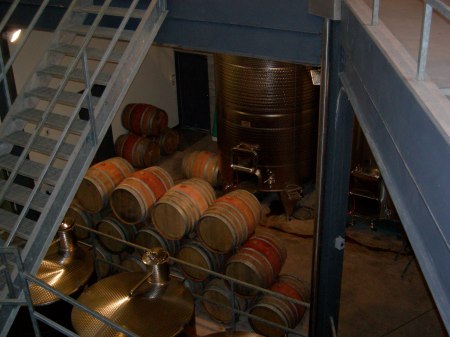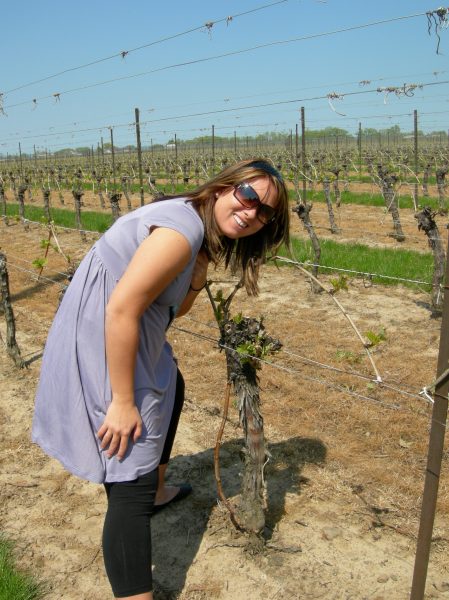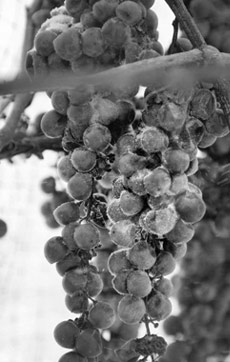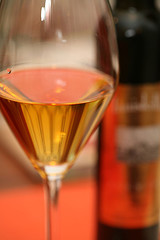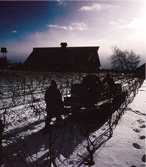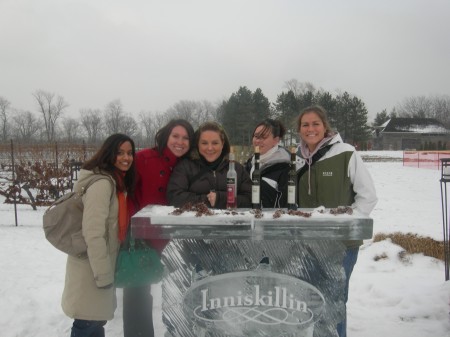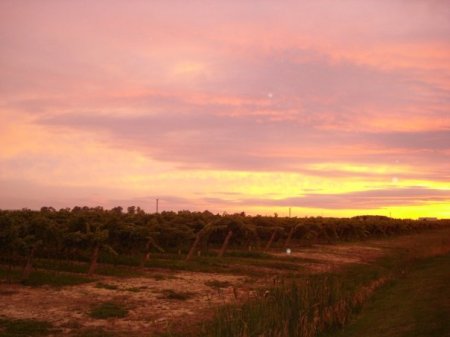
In class today, one of my esteemed classmates presented on ‘going local’ and purchasing foods grown locally in Ontario. At the end of her presentation she noted, “why would you not go local”? I have to say, I entirely agree with this concept. Why is it so difficult for us to purchase locally? Why is it that Foodland Ontario has to try to convince us to buy locally through their ‘go local’ campaigns by telling us “good things grow in Ontario?”
To be honest I frequently find myself disregarding where a product from, and just purchashing the product. It is usally when I get home and read the label I realize the origin of the product. I generally feel guilty, yet time and time again I find myself buying non-local products.
A huge issue, relating to both agricultural food products, as well as the wine indsutry is globalization. Whether you walk into a wall of wine from all over the globe in the LCBO, or have the option to purchase fruits and vegetable products grown globally, the simple activity of shopping can become quite confusing for consumers. We have become so used to buying exotic fruit, and exotic wines from all over the world, the concept of buying locally has been lost in the shuffle. To be honest, I think we are somewhat spoiled with all of the choices we have. The nostaligia, and more importantly the celebration and support of our local growers has been lost and I think it should be a simple concept. Although I was not living 40 years ago, I am fairly postive that products from all over the world were not readily available. To be honest I think we need to get back to basics and focus on whats readily available to us within our domestic market.
Purchasing products locally, such as a bottle of wine or basket of apples that are grown and packaged 20 minutes away is far better than than the products you are purchasing from 1000 miles away. The fact is that locally grown products do not have to travel from all corners of the earth to make it to you dinner table.
While listening to my classmate’s presentation, it made me think about the presentation I made the week previously concerning ‘going local’ and supporting the Ontario wine industry. I am getting more and more frustrated with the lack of local support of our wine industry. An interesting concept I found while doing some research was that Ontario wine lacks the romance and exoticism of wines that are say from france or italy. These places are far away (obviously), unknown and in comparison to Ontario wine, are connotated with this mystery and romance. I understand this, as I do have some non-Ontario wines in my collection. However, I keep going back to the qoute expressed by my mentor at Reif Estate winery which is “In Australia they drink Australian wine, in France they drink French wine, in California they drink California made wine, why in Ontario are we not drinking Ontario wine?” Why aren’t we???? I have been racking my brain for weeks about this concept, WHY aren’t we??
Then I said to myself, “Shannon, calm down”. I know there are various issues that have shown to minimize the support of the local wine industry including distribution, volume, and again, globalization. I suppose it is not easy enough for consumers to purchase these products as a lot these wines are not readily available. Many of the wineries in Ontario are too small to make enough wine to meet the supply demands of the LCBO. As a result, the only way people can try and purchase wines from these wineries, is if they visit the site of the winery itself. In addition, it is difficult for Ontario wineries to produce wine that falls within the demanded 8$-$10 price band. Consumers have demanded quality, consistency, and good price. Unfortuntely Ontario is unable to do this, as many wineries cannot meet these volume demands and make quality wine for such a low price.
It is my hope that in the future the Ontario wine indsutry will be embraced and celebrated locally. It is my hope that in Ontario, we drink Ontario wine without a question in our minds. We have a beautiful destination and wine country that is so close to us. It would be a shame if it did not receive the support it deserves.
In closing I will go back to the question that inspired this blog and it is, “why would you not go local?” Take the time, do your research and look for those Ontario products. They are waiting for you, it is just up to you to pick them up. Get back to basics, and go local. I know I am going to do my absolute best to practice this on a daily basis.

